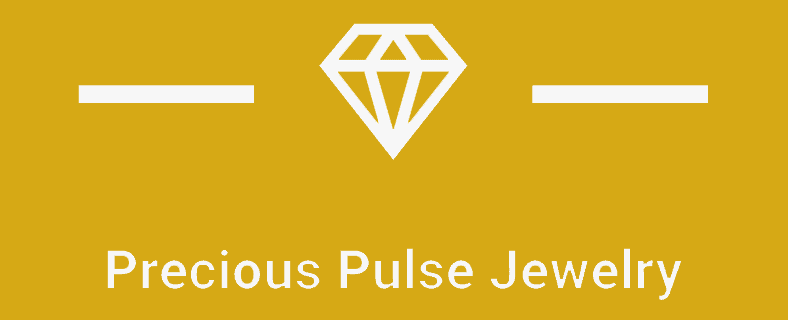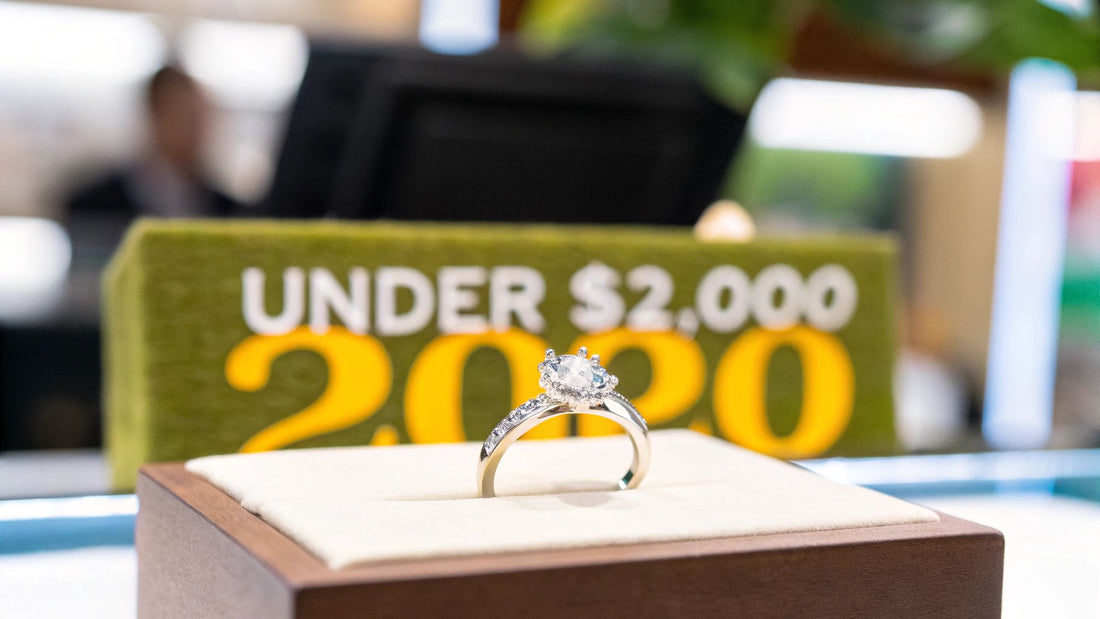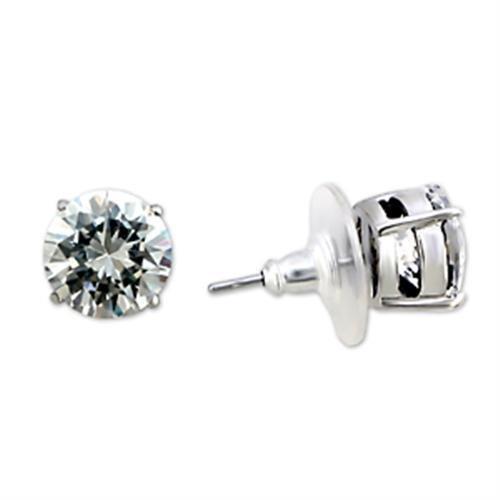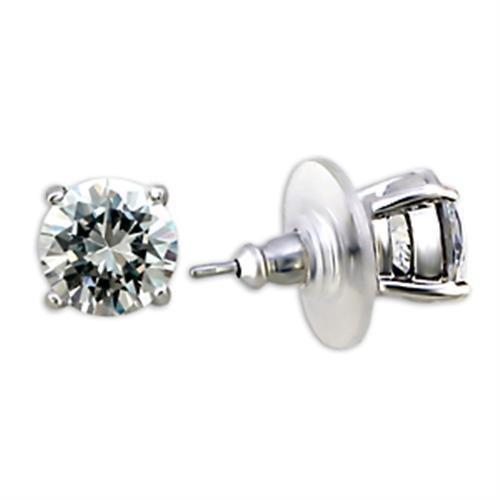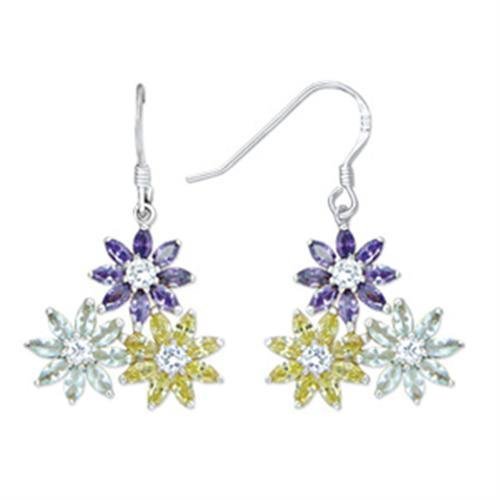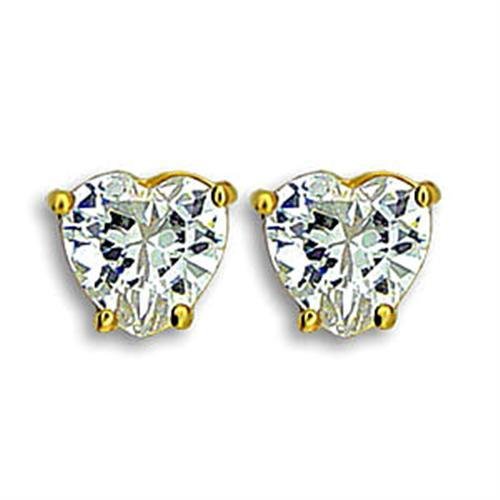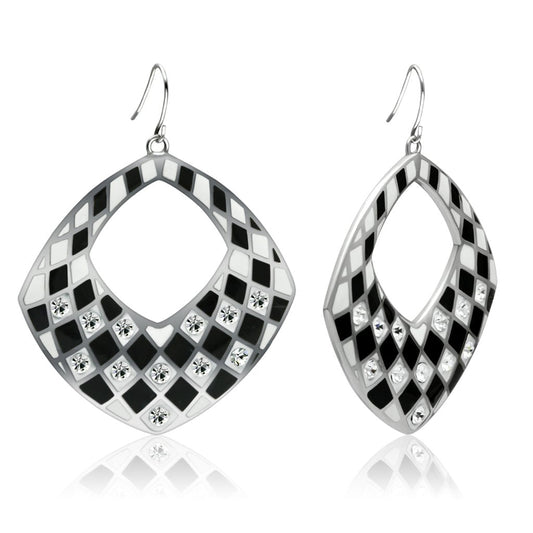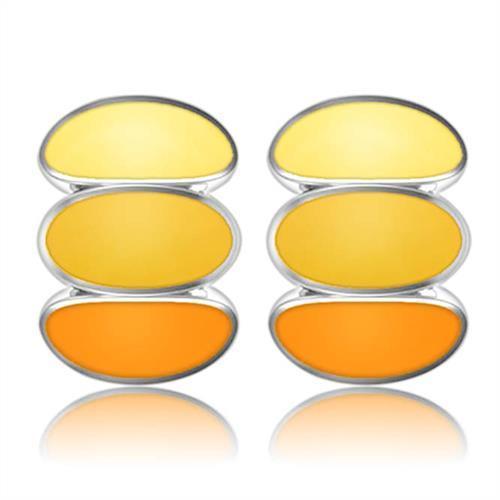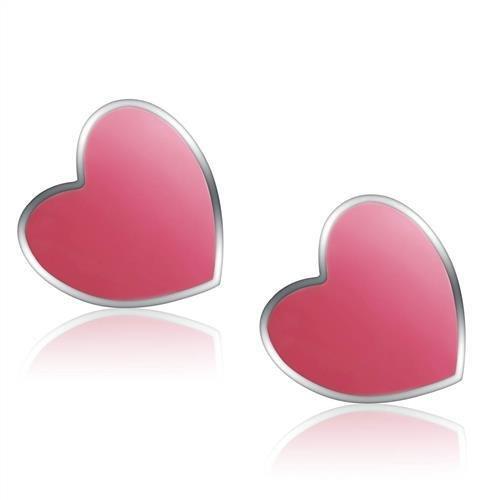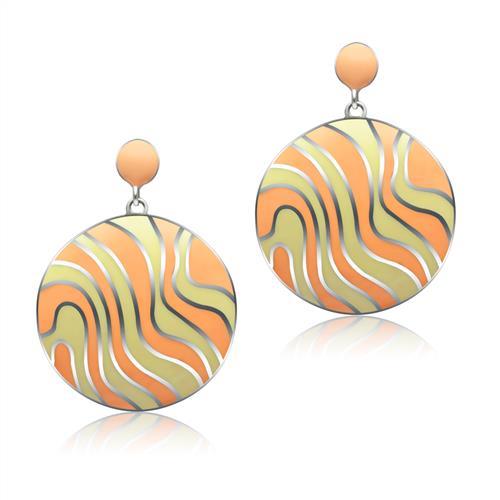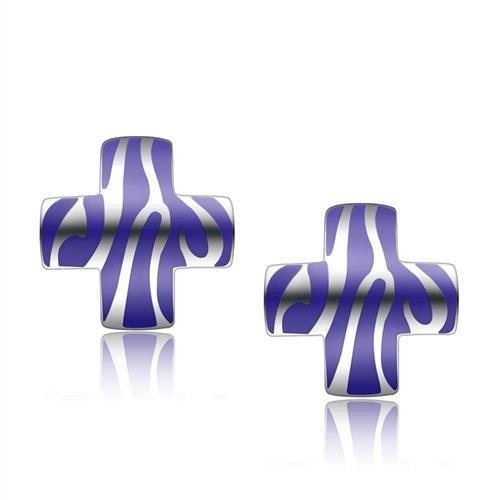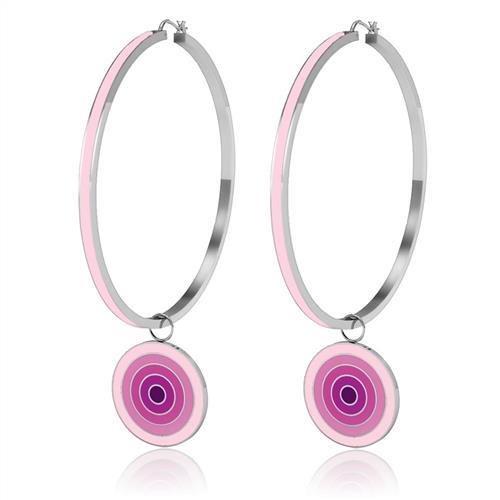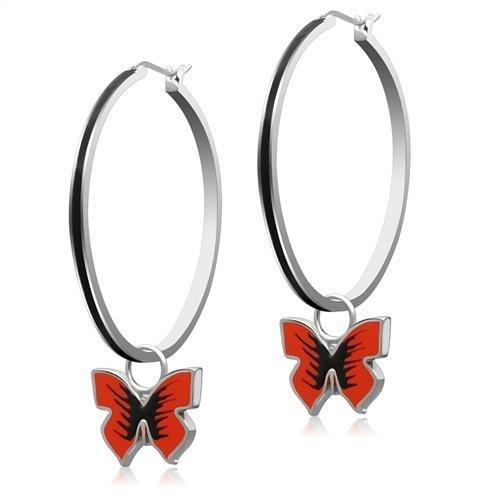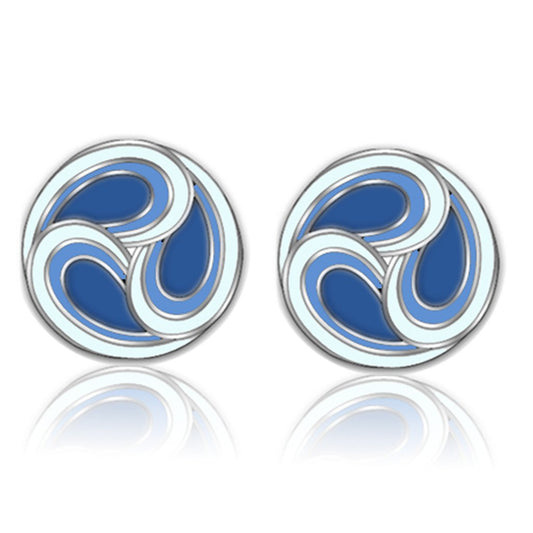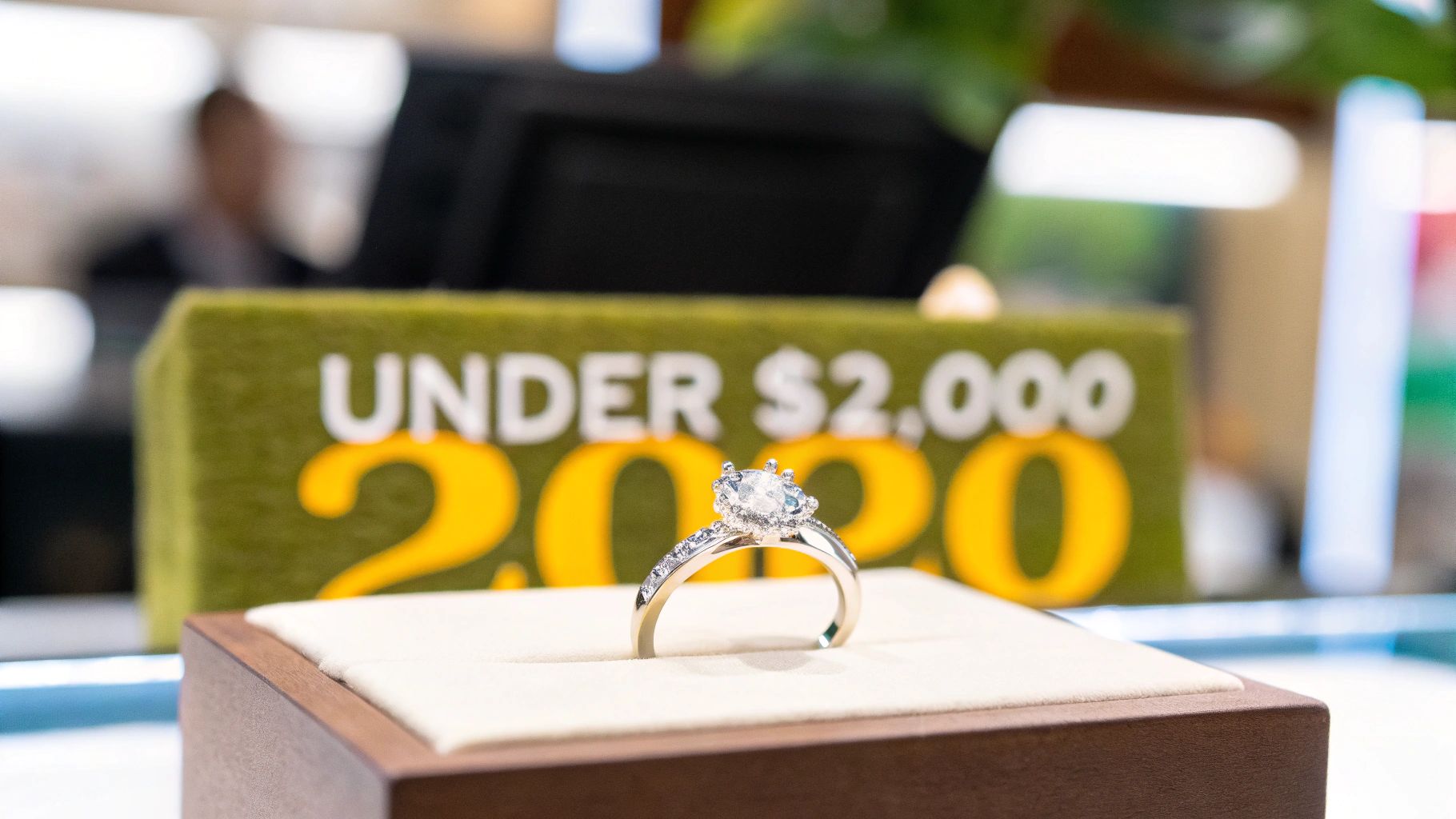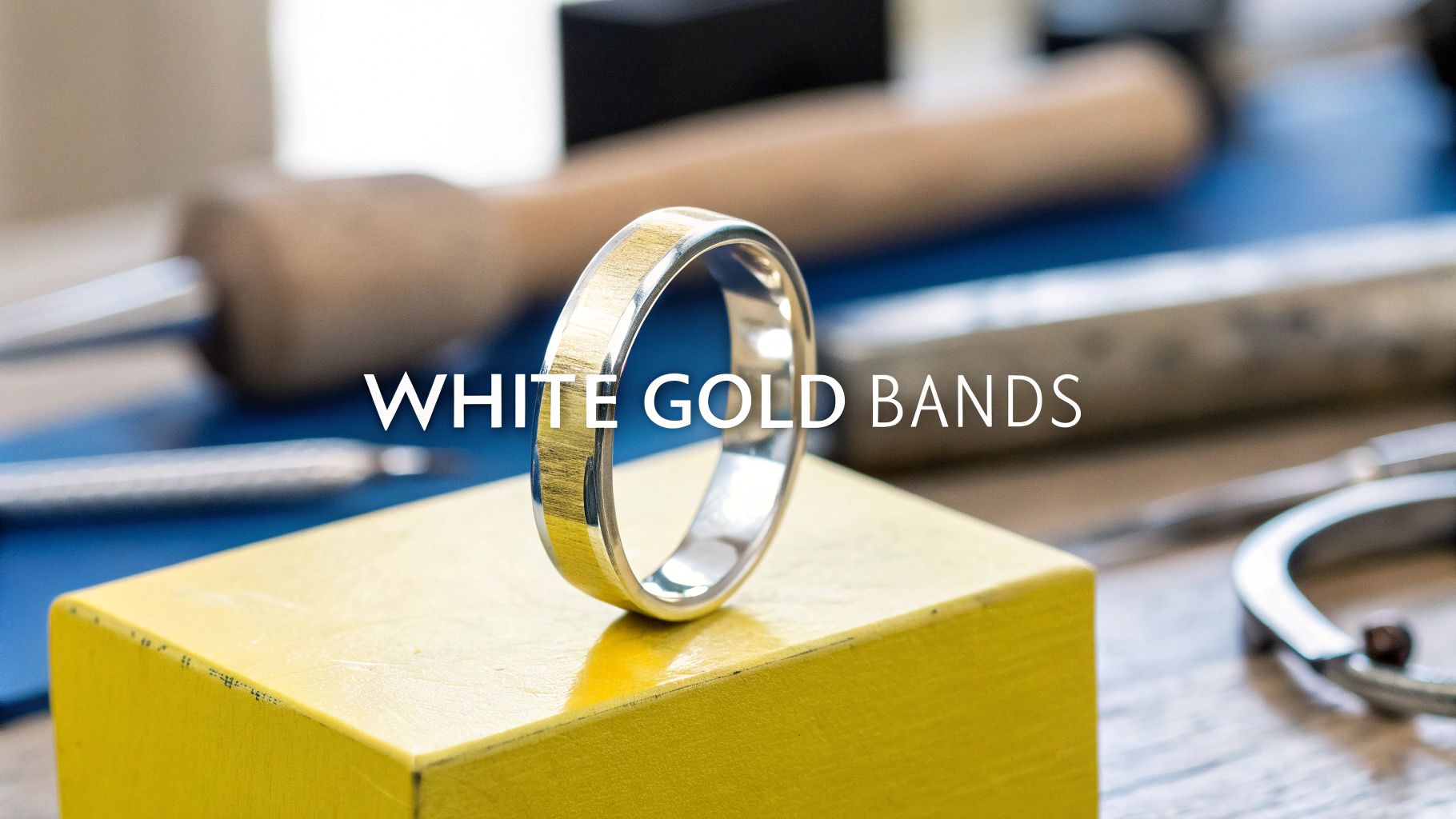Hunting for an affordable diamond engagement ring doesn't mean settling for less. In fact, it's about making smart, informed choices. We'll show you how modern options like lab-grown diamonds and clever setting designs are making stunning rings more accessible than ever, proving an extraordinary ring is absolutely within your reach.
Your Guide to Finding the Perfect Ring on a Budget
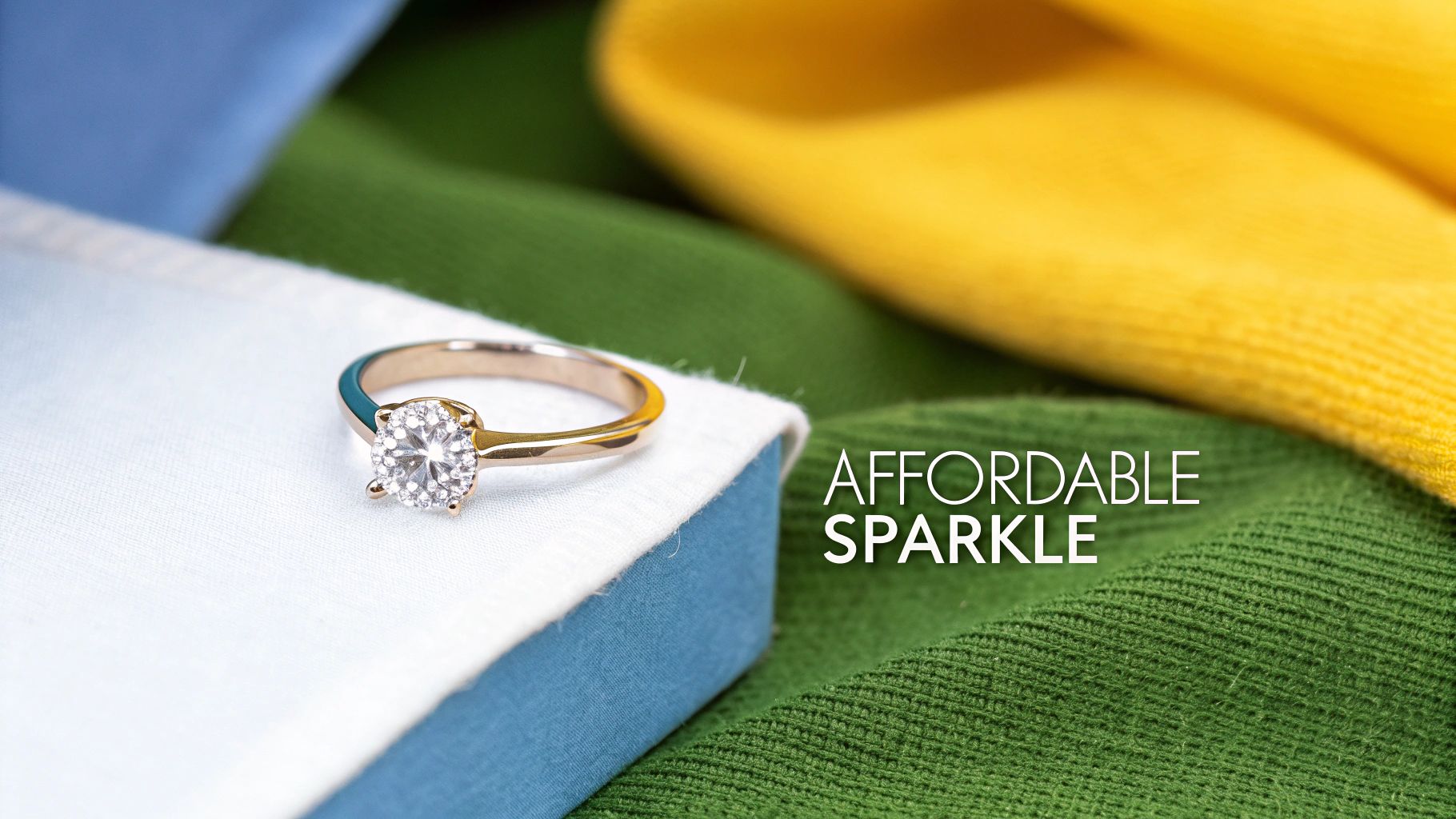
The journey to finding the perfect engagement ring should be exciting, not bogged down by budget stress. This guide is all about giving you practical, real-world advice to help you navigate your options with confidence. We'll break down the key decisions that have the biggest impact on cost, helping you zero in on what truly matters to you and your partner.
Think of this as your starting point for a smart, stress-free search. The goal here is simple: find a ring that beautifully symbolizes your unique love story without creating financial strain. Our collection at Precious Pulse Jewelry is built on this very principle, offering stunning options that respect your budget.
What's Changed in the Ring Market?
The world of engagement rings looks completely different than it did even a decade ago. A few key shifts have put gorgeous rings within reach for almost any budget. Today, the average cost of a diamond engagement ring in the U.S. hovers around $5,200, a number heavily influenced by new consumer priorities and smarter shopping.
Options like lab-grown diamonds, which can cost a staggering 40–60% less than natural diamonds of the exact same quality, have become a game-changer. Beyond the stone, simple choices like opting for beautiful and durable 14k gold instead of pricier platinum can also make a huge difference in the final price tag.
The real value of an engagement ring isn’t in the price tag—it’s in the love and promise it represents. Choosing an affordable option is a powerful statement that your relationship is built on shared goals and smart priorities.
This guide is designed to arm you with the knowledge to make choices you feel great about. As you plan for the big day, the ring is a huge piece of the puzzle, but don’t forget other meaningful details, like finding the perfect wedding guest book to capture memories. We’ll walk you through everything from setting a realistic budget to decoding the 4Cs, ensuring you find a ring you’ll both cherish for a lifetime.
Key Factors for an Affordable Engagement Ring
When you're trying to manage costs, knowing where to focus your attention is half the battle. Certain choices have a much bigger impact on the final price than others. This table breaks down the most significant factors you can control to get the best value for your budget.
| Cost-Saving Factor | Impact on Price | Practical Advice |
|---|---|---|
| Lab-Grown vs. Natural Diamonds | High | Opt for a lab-grown diamond. They are chemically identical to natural ones but can cost up to 60% less. This is the single biggest way to save money. |
| The 4Cs (Cut, Color, Clarity, Carat) | High | Prioritize an Excellent cut. Choose a nearly colorless diamond (G-J grade) and an "eye-clean" clarity (VS2-SI1). Buy just shy of the full carat (e.g., 0.90 instead of 1.0). |
| Metal Choice | Medium | Select 14k gold (yellow, white, or rose). It offers the perfect balance of beauty, durability, and value compared to pricier 18k gold or platinum. |
| Setting Style | Medium | A simple solitaire setting is classic and budget-friendly. To make the diamond appear larger, consider a halo setting, which adds significant sparkle for a modest cost increase. |
| Diamond Shape | Low to Medium | Round brilliant cuts are the most expensive. Fancy shapes like oval, pear, or marquise can look larger for their carat weight and often cost less. |
Understanding these key areas empowers you to make strategic trade-offs. You can prioritize what's most important—whether that's the size of the stone, the quality of the cut, or the overall design—while finding clever ways to save on the elements that are less critical to you. It's all about building a ring that reflects your personal style and fits comfortably within your financial plans.
Setting a Realistic Engagement Ring Budget
Before you even think about carat weights or settings, the very first move—and the most important one—is deciding on a budget. This isn't just about picking a number; it's about finding a figure that feels comfortable, responsible, and right for you as a couple.
First things first, let's toss out that old "three months' salary" rule. That was a marketing slogan cooked up decades ago, not a piece of genuine financial advice for two people building a life together. Your budget should be deeply personal, a reflection of your finances, your future goals, and what you both actually value. Starting your journey toward marriage with financial stress is the last thing anyone wants. A ring should be a symbol of joy, not a source of debt.
Moving Beyond Myths and Having the Talk
So, how do you land on the right number? It starts with an honest look at your finances. Think about your income, your savings, and what you’re already spending each month. The cost of a ring shouldn't get in the way of other big life goals, like putting a down payment on a home or planning the wedding itself.
This is also the perfect time to have a real conversation with your partner about money. While some prefer a total surprise, discussing the financial aspect beforehand ensures you’re both on the same team. Honestly, that kind of teamwork and transparency is way more valuable than any diamond.
A healthy budget conversation is the first step toward a healthy financial partnership. It's about agreeing on a number that celebrates your commitment without compromising your future security.
If you need a little help structuring the conversation, there are some great tools online. Using a detailed engagement ring budget calculator can help you crunch the numbers and find a realistic figure you both feel fantastic about.
Planning for the Total Cost
One thing I always tell clients: the price tag on the ring isn't the final number. To avoid any unwelcome surprises, you need to account for a few other costs right from the start.
- Sales Tax: This can add a pretty significant chunk to the final bill, often anywhere from 6-9% depending on where you're buying.
- Ring Insurance: Protecting your investment is a no-brainer. Insurance gives you peace of mind against loss, theft, or damage, and it’s a recurring annual cost you'll want to plan for.
- Resizing and Maintenance: While most jewelers offer one free resizing, future adjustments or professional cleanings might come with a fee down the road.
To keep all your wedding-related expenses organized, including the ring, a comprehensive event budget template can be a lifesaver. By planning for these "hidden" costs upfront, you can shop for affordable diamond engagement rings with confidence, knowing you’ve got the full picture.
Making the 4Cs Work for Your Wallet
So, you want to find a stunning diamond ring without emptying your bank account. The secret isn't finding a magical discount—it's understanding the 4Cs: Cut, Color, Clarity, and Carat. Think of them as the four levers you can pull to find the perfect balance between brilliance and budget. You don't need to be a gemologist to get this right. You just need to know where to spend your money and where you can save without anyone ever knowing the difference.
Let's start with the one thing you should never, ever skimp on: Cut. I’m not talking about the diamond's shape (like round or oval). I’m talking about how well its tiny facets have been angled to catch and throw back light. A poorly cut diamond is a dud. It’ll look flat and glassy, no matter how good its other stats are. On the flip side, an expertly cut diamond can hide slight tints of color or tiny imperfections, making the stone look brighter, bigger, and way more expensive than it is.
Pro Tip: Don't even think about compromising on Cut. Always, always aim for an "Excellent" or "Very Good" cut grade. This single factor has the biggest impact on a diamond’s sparkle and fire. It’s what makes a diamond truly breathtaking.
Before we dive deeper into the Cs, remember that this all starts with a solid budget. Knowing your number helps you make smart trade-offs without getting overwhelmed.
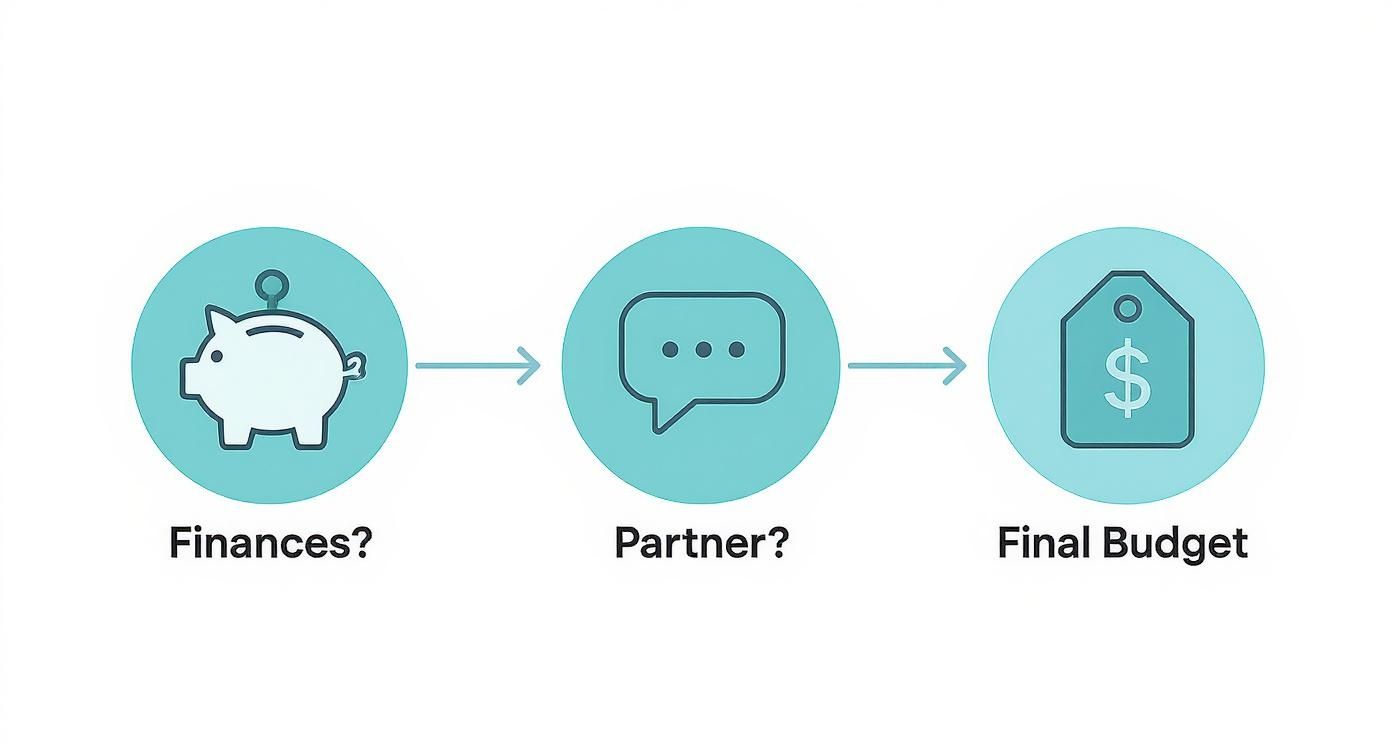
Once your budget is locked in, you can start using the other Cs to your advantage. This is where the real savings begin.
Finding Savings in Color and Clarity
Alright, here's where we get clever. Color is graded on a scale from D (completely colorless) down to Z (light yellow). A D-grade diamond is the pinnacle—rare, icy, and incredibly expensive. But guess what? Diamonds in the G to J range are graded as "near-colorless," and to the naked eye, they look just as white and beautiful, especially once set in a ring. Choosing a G instead of a D can literally save you thousands of dollars.
The same logic applies to Clarity, which measures a diamond's natural internal flaws, or inclusions. The top grade is "Flawless" (FL), meaning there are zero imperfections, even under a microscope. These are collector-grade stones with a price tag to match. The smart money, however, goes toward a diamond that's "eye-clean." This means it has inclusions, but they are so small you'd need a jeweler's loupe to see them.
- Smart Clarity Grades: Focus your search on diamonds in the VS1, VS2 (Very Slightly Included), or even SI1 (Slightly Included) range.
- What to Ask For: When you're at the jeweler, specifically ask to see an "eye-clean" SI1 diamond. It's one of the best-kept secrets for getting a gorgeous stone that looks perfect without paying for perfection you can't even see.
Playing with Carat Weight for Big Wins
Carat is all about a diamond's weight, which is related to its size. Many people get fixated on hitting that magic 1.0-carat mark, but prices jump dramatically at these popular weights (like 1.0, 1.5, and 2.0 carats).
Here’s an insider trick I share with all my clients: buy just shy of the full carat.
A 0.90-carat diamond looks virtually identical to a 1.0-carat diamond once it’s in a setting. The visual difference is almost impossible to spot, but the price difference is huge—you could save 15-20% or more. This "under-sizing" strategy is hands-down one of the most effective ways to maximize your budget and get an affordable diamond engagement ring that still delivers that "wow" factor.
Why Lab-Grown Diamonds Are a Smart Choice
One of the biggest game-changers in the jewelry world—and your secret weapon for finding an incredible engagement ring on a budget—is the rise of lab-grown diamonds.
Let’s clear something up right away: these aren't fakes or imitations like cubic zirconia. Lab-grown diamonds are 100% real diamonds. They just have a different origin story.
Think of it this way: a natural diamond is a flower found in the wild, while a lab-grown diamond is that same flower grown in a state-of-the-art greenhouse. They are chemically, physically, and optically identical. Even a trained gemologist needs specialized equipment to tell them apart.
The real win for you? The price. Because the creation process is so much more efficient, lab-grown diamonds typically cost 40-60% less than a natural diamond of the exact same size and quality. Suddenly, your budget stretches further than you ever imagined.
This means you can get a bigger stone, a better cut, or a more intricate setting without breaking the bank. Want to dive deeper? Check out our complete guide on what are lab-grown diamonds.
The Financial Advantage of Going Lab-Grown
This cost difference isn't a small discount; it’s a total game-changer. The availability of lab-grown diamonds has completely redefined what's possible for couples.
For example, a budget of $2,000 might get you a beautiful 0.5-carat natural diamond solitaire. With a lab-grown diamond, that same budget could easily get you a stunning 1.0-carat stone with an excellent cut, or even a more elaborate halo setting.
Since 2020, advancements in technology have sent lab-grown diamond prices tumbling by as much as 70-80%. This shift has made beautiful, sizable diamonds accessible to more people than ever before, putting stunning rings well within reach.
The beauty of a lab-grown diamond is that it lets you focus your budget on what you can actually see—sparkle, size, and brilliance—without paying a premium for an origin story you can't.
Now, let's have an honest chat about long-term value. Natural diamonds have historically held their value better over decades, but let's be real—they're rarely a profitable investment for the average person. Lab-grown diamonds, being a newer technology, do tend to depreciate more quickly.
To give you a clearer picture, let's compare them side-by-side.
Lab-Grown vs Natural Diamonds At a Glance
This table breaks down the key differences and similarities to help you decide which path is right for you.
| Feature | Lab-Grown Diamond | Natural Diamond |
|---|---|---|
| Composition | 100% real diamond (carbon) | 100% real diamond (carbon) |
| Appearance | Optically and physically identical | The classic standard for brilliance |
| Origin | Created in a controlled lab setting | Mined from the Earth |
| Cost | Typically 40-60% less | Significantly more expensive |
| Value | Depreciates faster | Better long-term value retention |
| Ethics | Traceable and conflict-free | Can have complex supply chains |
| Environmental Impact | Generally lower impact | Higher impact due to mining |
Ultimately, both options result in a beautiful, genuine diamond. The choice simply comes down to what you value most.
Is a Lab-Grown Diamond Right for You?
So, how do you decide? The best way is to ask yourself what matters most for your engagement ring.
Choose a lab-grown diamond if:
- You want the largest, most brilliant diamond your budget can buy.
- Ethical sourcing and a lower environmental impact are important to you.
- You view the ring as a symbol of your love, not a financial investment.
Consider a natural diamond if:
- The romance of owning a rare, billion-year-old gem from the Earth is deeply meaningful to you.
- Long-term value retention is a significant priority.
- You are comfortable with a smaller or slightly lower-grade stone to fit your budget.
For most couples focused on finding an affordable engagement ring that delivers maximum "wow," the lab-grown option is an unbeatable choice. It's a modern, brilliant, and remarkably practical path to getting the ring of your dreams.
Choosing Settings and Metals to Maximize Your Budget
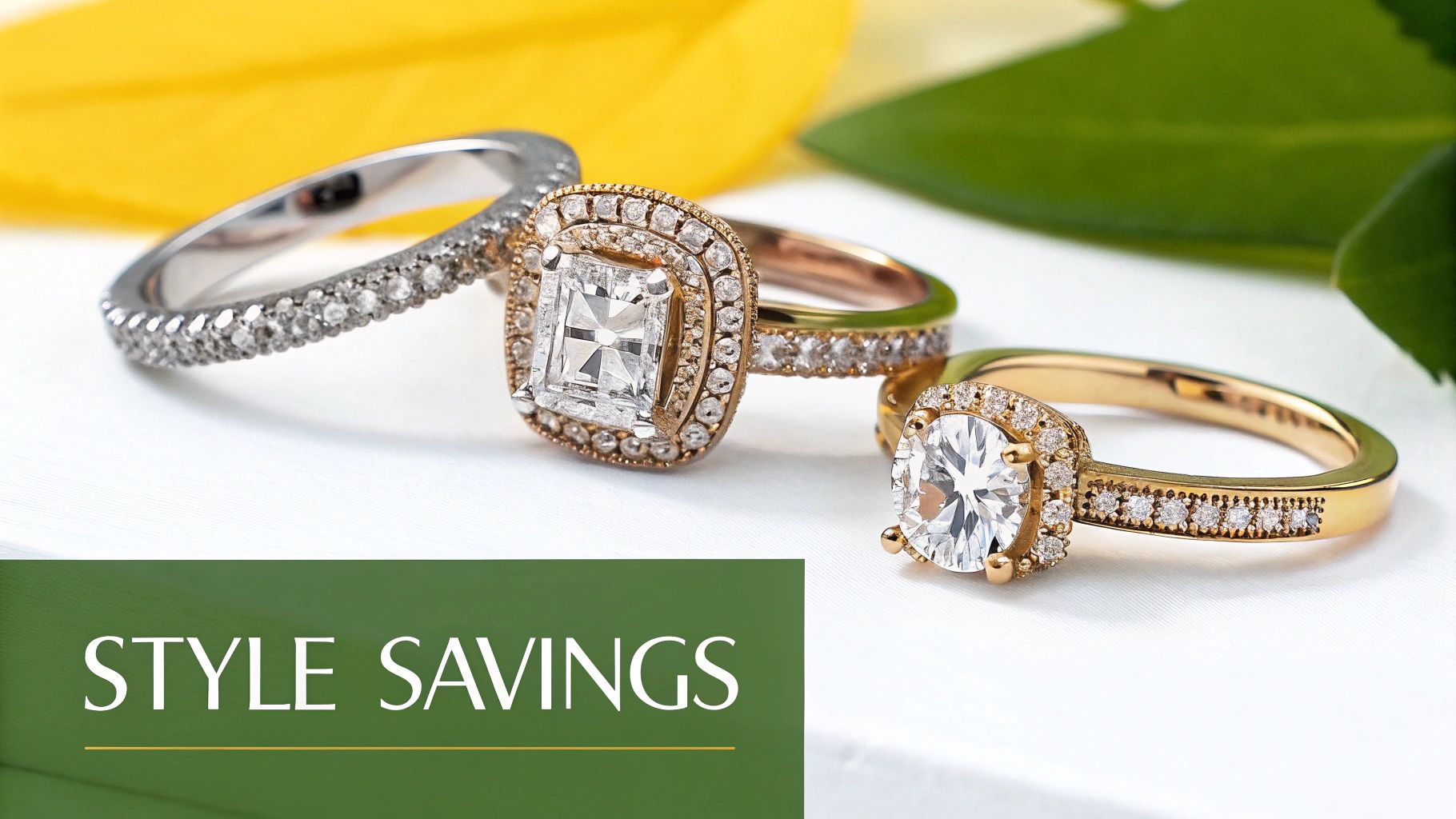
While the diamond usually steals the show, the setting and metal are the unsung heroes of an engagement ring. These crucial supporting players do more than just hold the stone in place—they define the ring's entire personality and can have a massive impact on the final price.
By making smart, strategic choices here, you can dramatically boost your diamond's appearance and stretch your budget much further than you thought possible.
One of the best tricks in the book is using the setting to make a smaller, more affordable diamond look significantly larger. Instead of a simple solitaire, think about a design that uses its structure to create a bigger visual footprint.
Smart Settings That Amplify Sparkle
A halo setting is the perfect example of this principle in action. This design surrounds the center diamond with a "halo" of tiny pavé diamonds, creating a brilliant frame of sparkle. Not only does this add a ton of extra fire, but it creates the illusion of a much larger center stone for a fraction of what you'd pay for a single, bigger diamond.
Similarly, a bright and reflective metal like white gold can make the diamond pop, making it seem larger and more brilliant. Even the prongs holding the diamond can be used strategically. Thin, delicate prongs cover less of the diamond's surface, letting more light flood in and making the stone the undeniable star.
To see how different designs can work for you, check out our in-depth guide to engagement ring setting types.
Pro Tip: Ask your jeweler to show you a diamond in a halo setting right next to a solitaire of the same carat weight. The visual difference is often astounding. It’s the easiest way to see how a clever setting can be your best friend when maximizing a budget.
Selecting the Right Metal for Your Ring
The metal you choose for the band influences not only the ring's look but also its durability and, of course, its cost. While platinum is a classic choice known for its incredible strength and hypoallergenic properties, it's also the priciest option out there because it's so rare and dense.
For anyone looking for truly affordable diamond engagement rings, 14k gold is the undisputed champion.
It hits that perfect sweet spot of durability, beauty, and value. Available in yellow, white, and rose gold, it gives you plenty of stylistic versatility without the premium price tag of 18k gold or platinum.
- 14k Yellow Gold: Offers a warm, classic look that's making a major comeback.
- 14k White Gold: Provides a sleek, modern appearance very similar to platinum but at a much lower cost.
- 14k Rose Gold: Delivers a unique, romantic, and vintage-inspired feel that’s incredibly popular.
Globally, the engagement ring market is a robust industry valued at approximately $79.1 billion. One of the biggest trends we're seeing is a strong consumer shift back toward yellow gold for its timeless warmth. This trend, along with the rise of lab-grown diamonds, is completely reshaping the market and making luxurious, affordable rings more accessible than ever before.
Choosing a durable and beautiful metal like 14k gold ensures your ring will stand the test of time without forcing you to overstretch your finances. It's a win-win.
Common Questions About Affordable Diamond Rings
You're getting close to the finish line, but it's natural for a few last-minute questions to pop up. When you're putting your heart (and your wallet) into an affordable diamond engagement ring, you want to be 100% confident in your choice. We get it.
Here are the honest, straightforward answers to the questions we hear most often.
Can I Really Get a Beautiful Ring Under $2000?
Yes, absolutely. And we’re not talking about a compromise. Getting a stunning, head-turning ring for under $2,000 is all about being strategic. The secret is to put your money where it has the most visual impact.
Here’s the step-by-step game plan we recommend:
- Go with a Lab-Grown Diamond: This is your single biggest money-saver. You get a real, brilliant diamond for a tiny fraction of the cost of a mined one.
- Focus on the Cut: Never skimp on the cut. Always choose an "Excellent" or "Very Good" grade to maximize sparkle, which makes any diamond look bigger and more expensive.
- Buy Just Shy of the Carat Mark: A 0.90-carat diamond is practically indistinguishable from a 1.0-carat one to the naked eye, but it can cost you up to 20% less.
- Choose a Smart Setting: A classic solitaire is the most affordable. To add visual size, consider a halo setting, which can make the center stone look up to half a carat larger.
- Stick with 14k Gold: It's the perfect sweet spot—durable, beautiful, and much more affordable than platinum or 18k gold.
When you put these strategies together, you unlock a massive selection of gorgeous rings that look like they cost a fortune. Many of our best-selling rings at Precious Pulse Jewelry follow this exact formula.
The big takeaway here is that affordability isn't about settling for less. It's about making smart choices that prioritize the sparkle you can see over specs you can't.
Are Lab-Grown Diamonds Considered Fake?
This is probably the most common myth we have to bust, and the answer is a firm no. Lab-grown diamonds are 100% real diamonds.
They have the exact same chemical makeup, physical structure, and optical brilliance as diamonds pulled from the earth. The only thing that’s different is their origin story. One was formed deep in the earth over billions of years, and the other was created in a high-tech lab.
Think of it this way: a beautiful orchid grown in a state-of-the-art greenhouse is still a real orchid. It's not a plastic flower. Lab diamonds are the same—they're just a more ethical, affordable, and socially responsible way to get the exact same brilliant stone.
How Can I Make a Smaller Diamond Look Bigger?
This is where the magic of a great setting comes into play. The right design can work wonders, creating an illusion of size and maximizing the sparkle you paid for.
Here are the most effective strategies:
- The Halo Setting: This is the most popular choice. By surrounding the center stone with a circle of tiny pavé diamonds, a halo adds a ton of extra sparkle and makes the main diamond look significantly larger than it actually is.
- A Slender Band: A thin, delicate band naturally makes the center stone the star of the show, making it pop and appear much more prominent.
- Bright Metal: Choosing white gold or platinum makes the setting blend with the diamond, creating a seamless, brilliant look that can enhance its perceived size.
Ready to put all this knowledge to use? Explore the beautiful and affordable collection at Precious Pulse Jewelry. You’ll find stunning designs that prove you don’t have to break the bank to get the ring of your dreams. Visit us today at https://preciouspulsejewelry.com.
